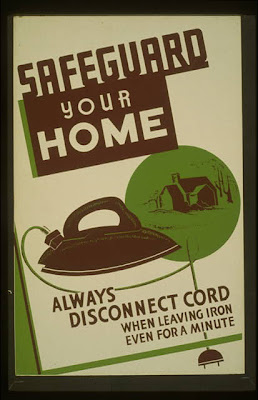At least half the posters from World War One seem to involve War Bonds (or whatever term the country in question uses)-- reminding you to buy them, making it your duty to buy them, guilting you into buying them. We're going to be seeing plenty of these; today's War Bond post is rather a miscellaneous intro of sorts.
These are all from World War One, and come from the collections of the Library of Congress and the Imperial War Museum.
Sometimes it's called a War Loan Bond.
Source
In the United States, you buy Liberty Bonds.
Source
In Canada after 1917, you buy Victory Bonds.
Source
In Australia, they are Peace Bonds-- sort of strange, isn't it, how 'war bonds' and 'peace bonds' can be the same thing.
Source




















































